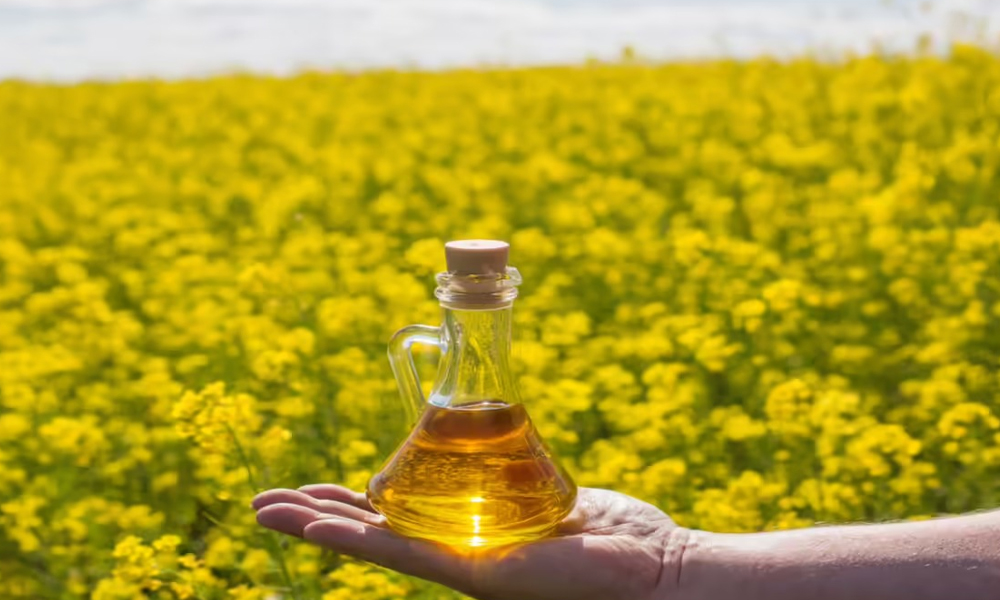Identifying pure mustard oil may seem challenging, there are several simple and effective home tests
Digital Desk: The Mustard oil is an indispensable ingredient in Indian kitchens, cherished for its distinctive flavor, aroma, and numerous health benefits. However, not all mustard oil available in the market is pure. However, mustard oil are often is combined with cheaper oils or some other artificial additives, which can ruin its taste and be harmful to health. Although it might appear difficult to tell when mustard oil is pure, there are a number of easy and efficient home tests that can be help consumers in order to guarantee them that the oil they use is pure.
1) Freezing Test:
One of the easiest ways to check the purity of mustard oil is by freezing it. Pour a small amount of oil into a bowl and place it in the freezer for a few hours. Pure mustard oil remains mostly liquid or shows minimal change. If the oil contains additives such as palm oil, you may notice the formation of white clumps or solids. This happens because palm oil hardens in cold temperatures, indicating adulteration.
2) Rubbing Test:
Another simple method is the rubbing test. Put some drops of oil on your palms and rub your hands. Pure mustard oil has a strong pungent odour and it does not produce any colour on the skin. Its strong odor can even give the slightest irritation to the eyes. Conversely, adulterated oil will have a colored residue or contain a synthetic smell, which indicates that the oil is mixed or contaminated.
3) Nitric Acid Test:
For a chemical-based verification, the nitric acid test can be conducted carefully. Take an equal quantity of mustard oil in a clean glass container and add nitric acid and note the change of color. Pure mustard oil does not change whereas adulterated oil can become orange, yellow, or red because of the presence of foreign substances. This is a good method of identifying hazardous blends.
By following these simple home tests, consumers can ensure that the mustard oil they use is genuine, safe, and healthy for daily cooking.




















